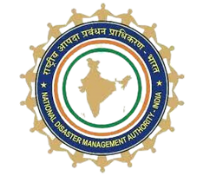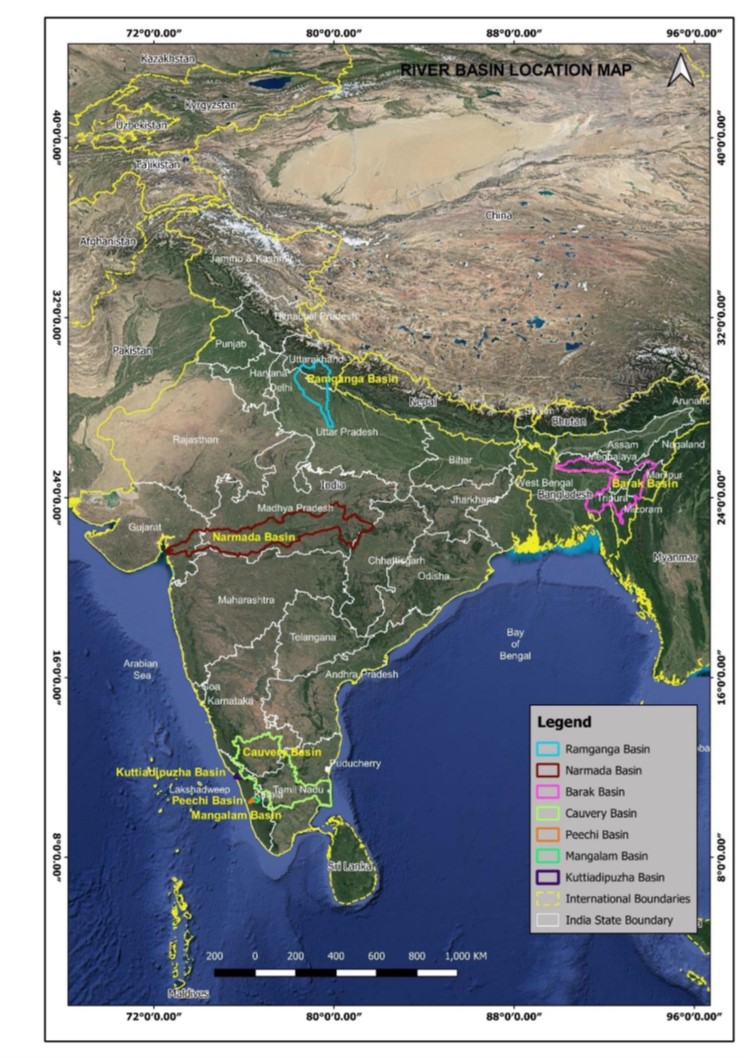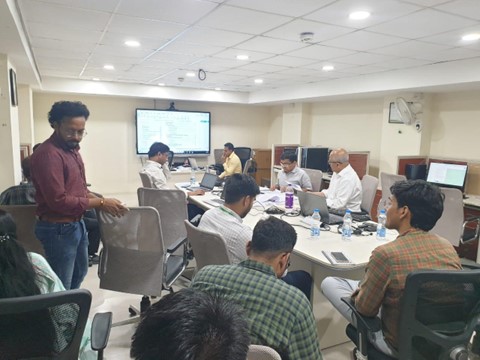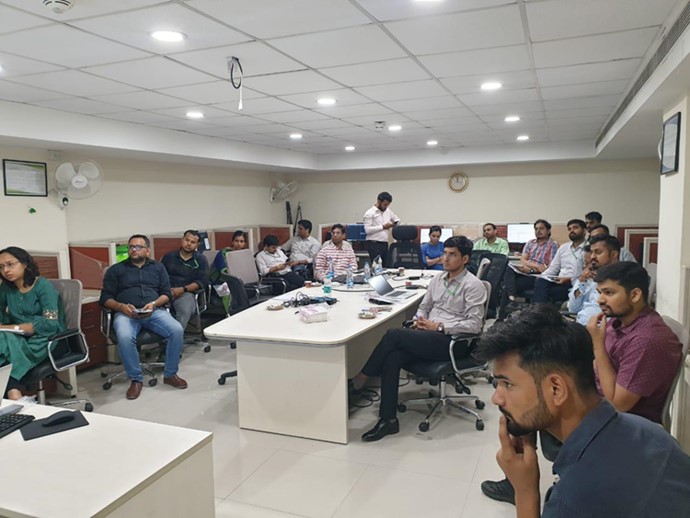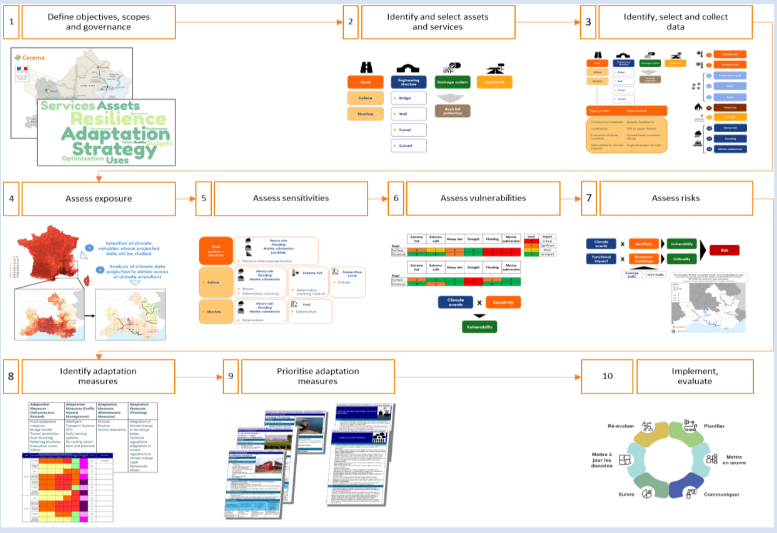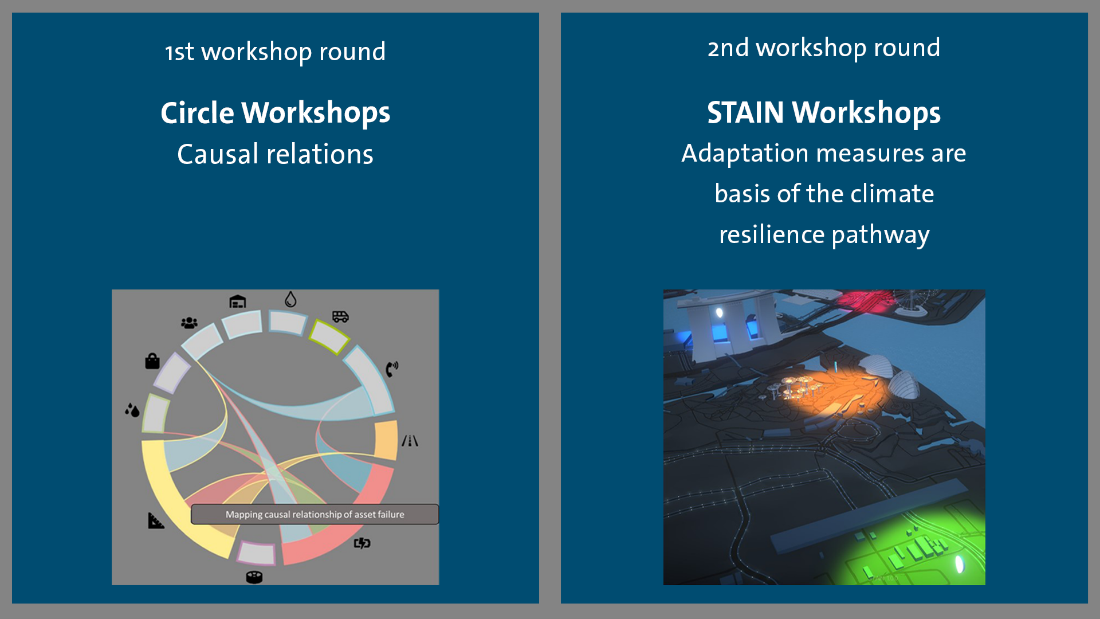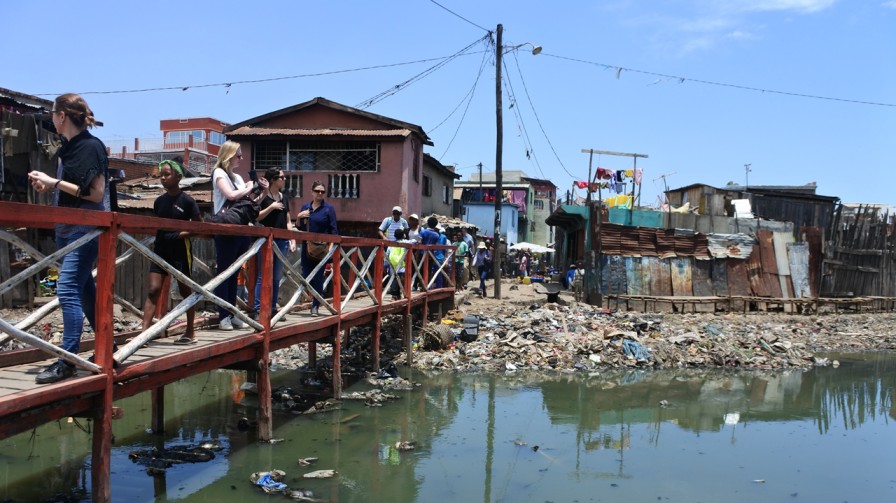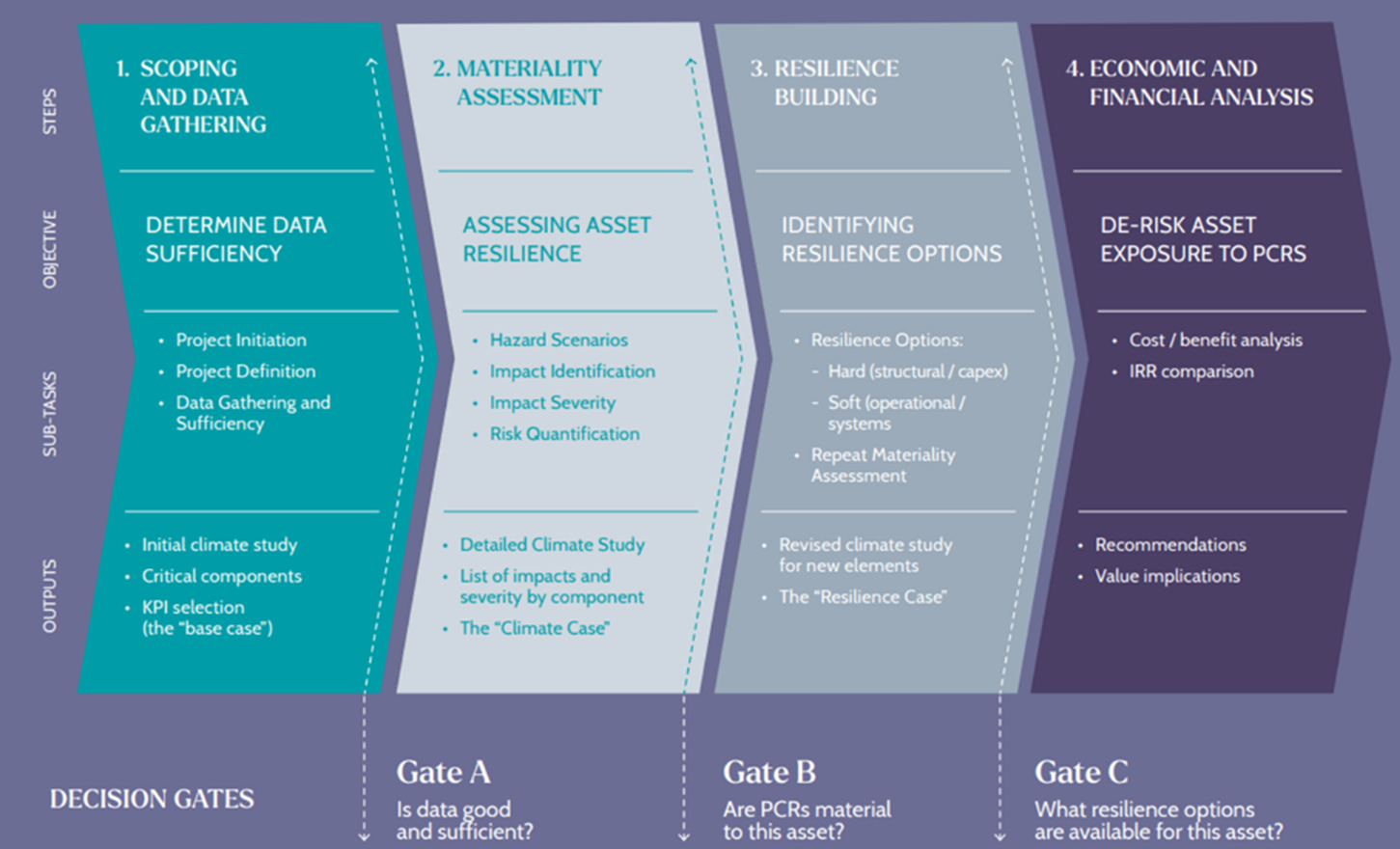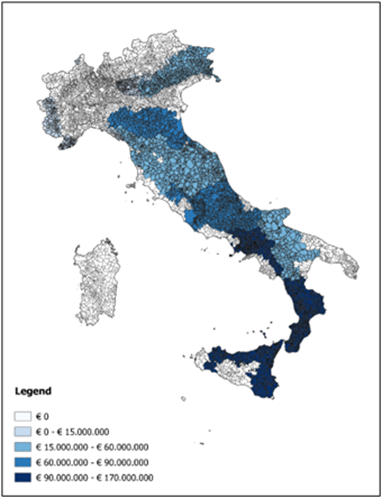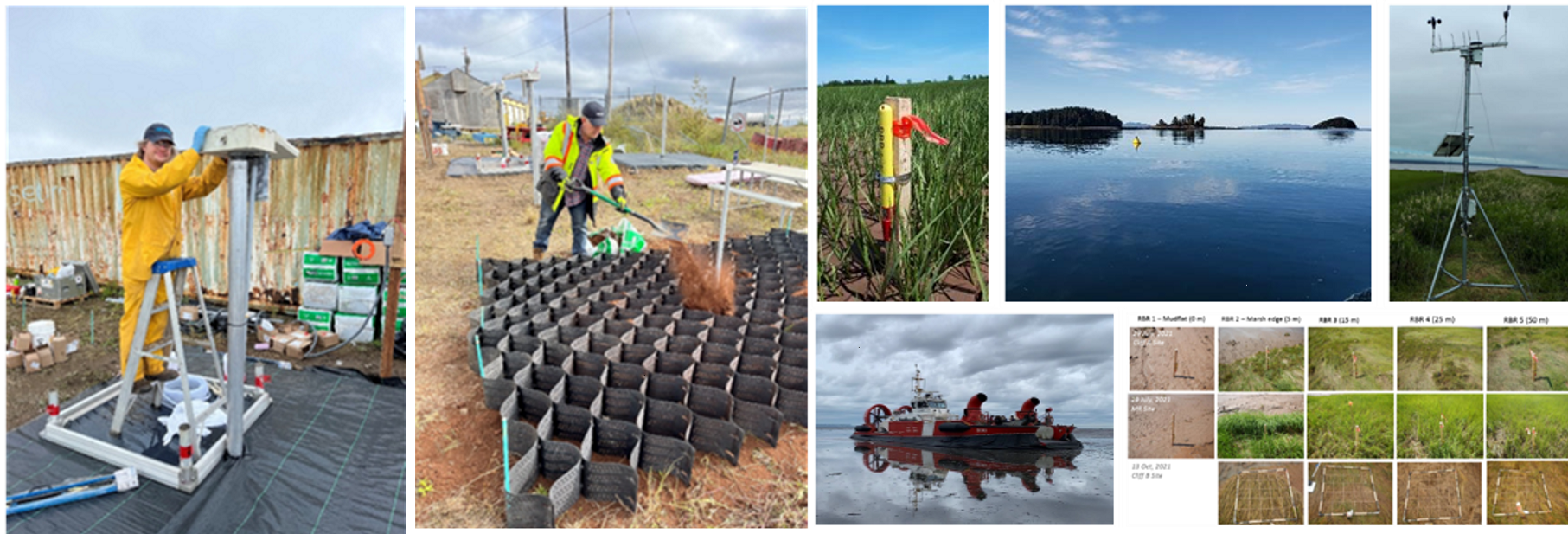Integrated water resources management is crucial for addressing floods, droughts, and sediment management in river basins. This study established mathematical models of soil hydrology, overland flow, river discharges, sediment generation, transportation, and retention by hydraulic structures such as dams. The project prepared and disseminated hydraulic and sediment transport models, including 2D morphological models, for pre-emptive mitigation, continuous service delivery during flooding, and faster recovery. An integrated data-model platform was developed, including online and offline dashboards for data visualization, dissemination, and operational use. Training and workshops enhanced the institutional capacity of national and local authorities, reducing risk at the local and regional level.
Compilation of all information/data related to sediment generation, sediment transport, river morphology, and sediment deposition was conducted. The focus was on understanding the mechanisms of sediment generation and transport in catchments and rivers. A variety of models have been developed in this study, such as sub-basin sediment generation and transport models, river morphological models, dam operation models, slope erosion model, pilot reservoir sedimentation models.
Present conditions and critical areas/reach in the catchment were assessed, considering the factors contributing to sedimentation. Mathematical models were developed for each river basin, encompassing sediment generation, sediment transport, siltation/de-siltation of rivers, and erosion/deposition in riverbanks. The impact of land use and land cover changes was assessed to understand their influence on sedimentation. Sedimentation rates were estimated from various parts of the catchment, considering the rate of sediment movement in the rivers, morphological parameters of rivers, and sediment deposition profiles in flood detention structures for each river basin, with a confidence level assigned.
Critical and vulnerable locations were identified based on the collected data and analysis. Catchment treatment and river training works were implemented to restore the critical locations, ensuring the management of sedimentation and river morphology







